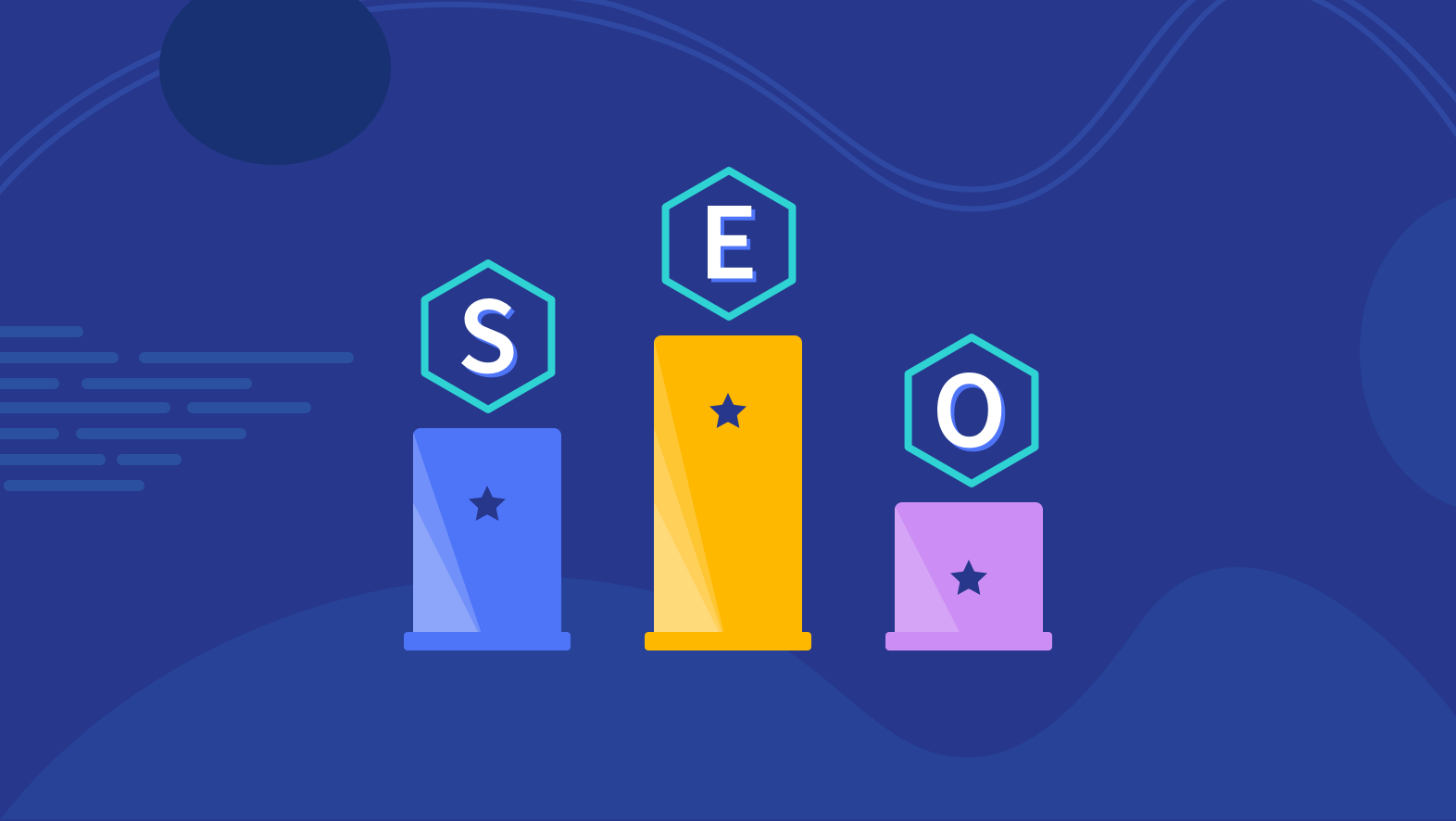Intro to SEO
Chapter 1 (View all Chapters)
Intro to SEO

What is SEO and why should I learn about it?
SEO (Search Engine Optimization) is the process of implementing strategies and techniques (both on-site and off -site) to achieve a higher rank in search engine results. Typically, the higher a site ranks in the search results, the more visitors it receives.
Understanding search engine algorithms and optimizing for them are instrumental in boosting traffic to your online business. After all, most online shoppers start the buying process by using a search engine. If you have a well-optimized site, you’ll rank higher in search results and increase the chance of a potential shopper finding and shopping with you. It’s a great tool to have in your arsenal, especially if your business has lots of online competition.
How do search engines work?
To learn SEO strategies, you'll first need to understand how search engines such as Google, Bing, or Yahoo! work.
Search engines use bots, called crawlers or spiders, to “crawl” the web and index the pages they come across. This indexed content is analyzed so the search engines can "understand" the content of each page. This information is used to determine which content is most relevant for each user’s search query, which the search engine then provides in a ranked format.
The algorithms used for this process -- the search engine determining which content is most relevant -- are different for each search engine, which is why each search engine typically provides different results for the same query. They’re also constantly updated, so you need to make sure any strategies or guides you’re using are current That said, certain criteria remain constant: keyword relevance, dwell time, click-through rate, and site speed, to name a few. (We’ll go into these later.) These are the attributes that you’ll focus on for improving your SEO techniques.

Does BigCommerce include any SEO features?
BigCommerce has several SEO features right out of the box. These include:
- Optimized URLs — BigCommerce auto-populates SEO-friendly URLs for product, category, and other pages. We also give you the option to change your URL settings.
- Unique URLs — We ensure that every unique page has only one URL, so you don't get punished for duplicate content.
- Microdata — We've built microdata, or “rich snippets,” into your product pages to enhance your search result listings with information like ratings, pricing, brand, and stock levels.
- 301 redirects and URL rewrites — If you rename a product, the auto-populated URL will adjust to reflect the name change, and the old URL will be redirected to the new URL. Automatic redirects and rewrites help search engines understand when you've made changes or moved pages on your site.
- CDN — Although there are many things you can do to increase your site speed, our special content delivery network is always working in the background to make sure your site loads quickly for both shoppers and search engines (after all, site speed impacts search rankings).
Ok, let’s get started!
SEO might seem a bit overwhelming at first, but never fear, we're here to help. The following chapters will outline the steps to get you started and, in time, help you reach your SEO goals.
We’ll start with the fundamental strategies behind SEO, and what elements of your site you can improve right away. Then we’ll look at what kind of research you need to do before making any changes to your content, followed by individual content improvement tactics. Finally, we’ll cover tracking and measuring your success. We’ve included a Checklist at the end to help you keep track of your progress.
Additionally, if you have any questions or feedback about the guide, we’d love to hear from you. Use the feedback form below the article to submit. If you have individual questions, be sure to ask in our Community Q&A.
 © Copyright 2003 - 2024 BigCommerce Pty. Ltd. Shopping Cart Software
© Copyright 2003 - 2024 BigCommerce Pty. Ltd. Shopping Cart Software